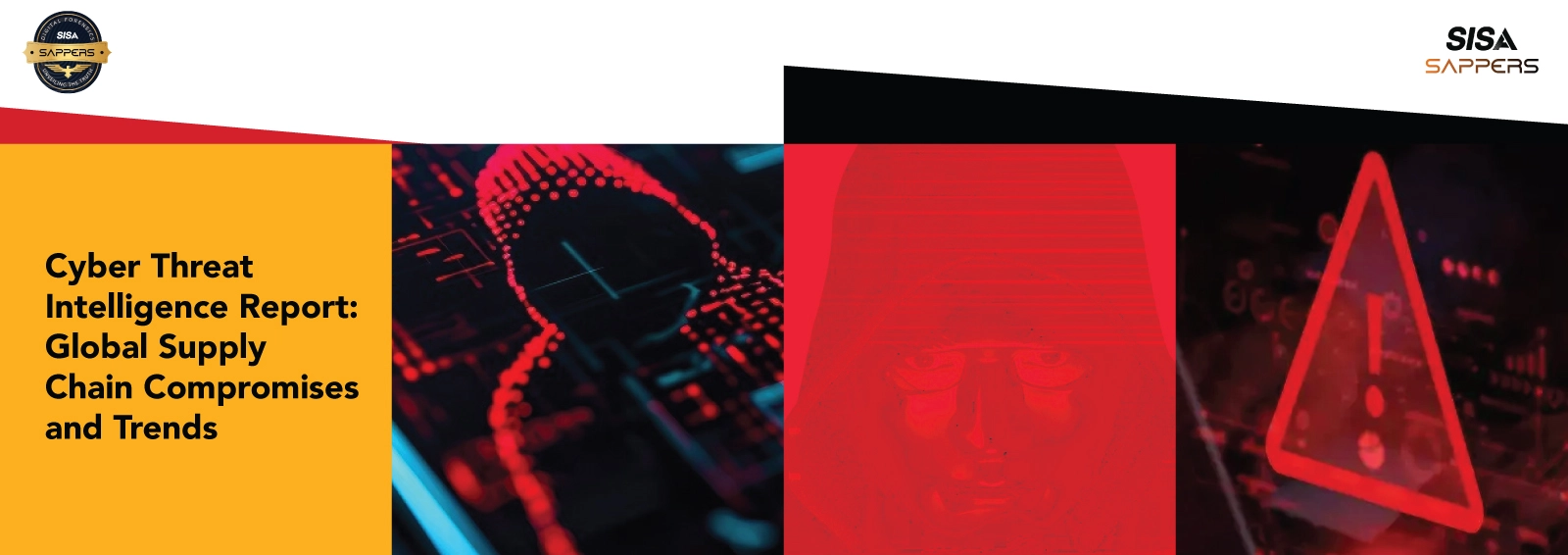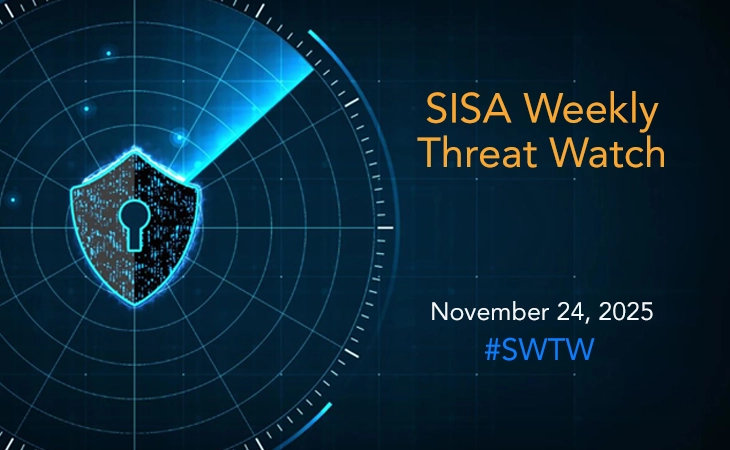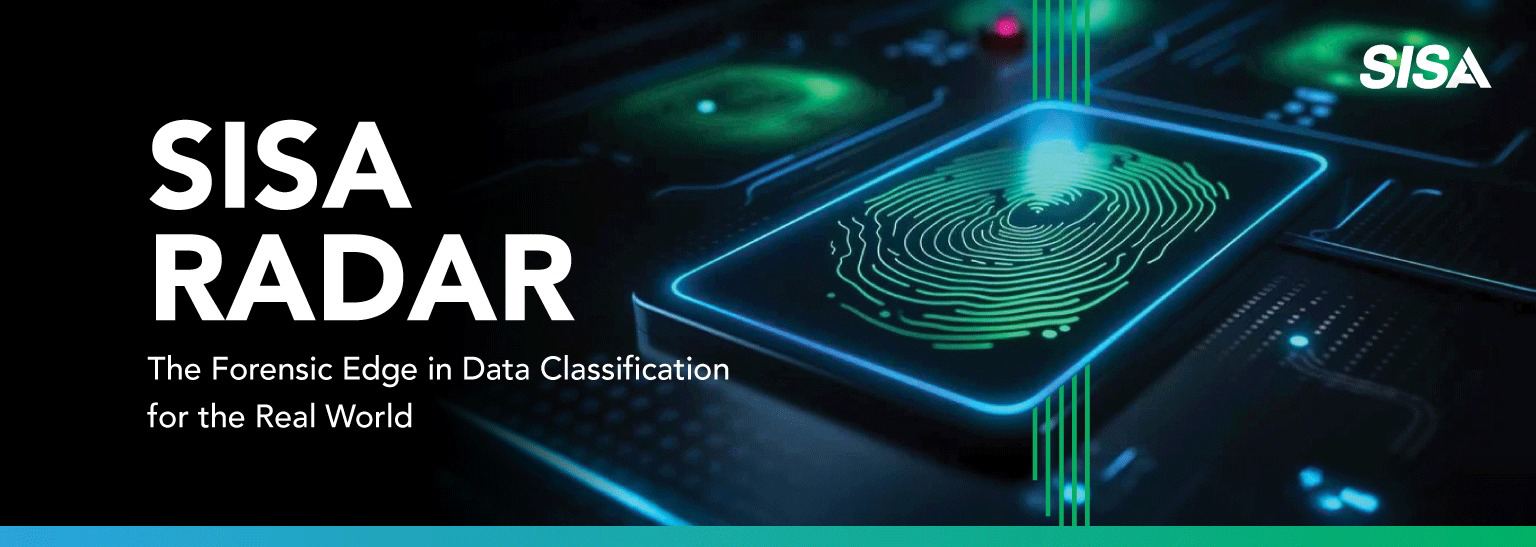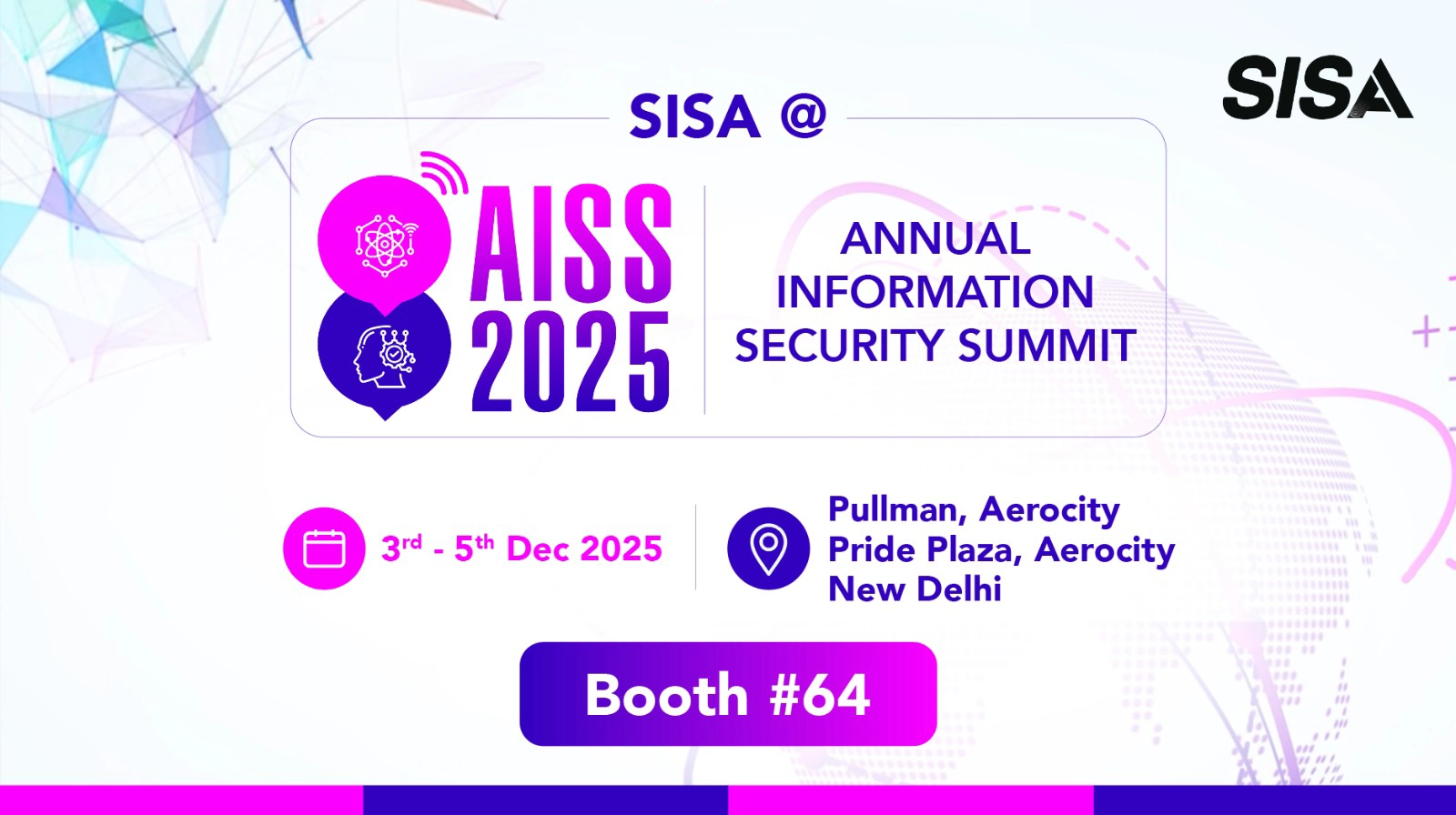
Understanding Quantum Risks in Digital Payments — The Path from Identification to Prioritization
Introduction
Digital payments today rely on cryptography at every level from securing APIs and authenticating users to protecting transaction records and sensitive customer data. In the previous blog, we discussed how cryptographic discovery helps organizations identify where encryption is being used across their systems. But discovery alone is not enough.
Knowing where cryptography exists is only the first step. The real challenge lies in understanding which cryptographic assets pose the highest risk once quantum computers become capable of breaking today’s encryption. Not all cryptographic elements are equal a public-facing payment API is far more critical than an internal reporting system or archived data.
That’s where quantum risk prioritization comes in turning discovery into action by helping organizations focus on what truly matters first.
From Identification to Risk Understanding
After completing a cryptographic discovery exercise, organizations are often faced with a long list of encryption algorithms, certificates, keys, and secure storage systems. The next logical step is to assess which of these are most exposed to quantum threats and which can be addressed later.
To do this effectively, organizations must ask a few key questions:
- How critical is this system to daily payment operations?
- What type of cryptography is being used RSA, ECC, AES, or something older like 3DES?
- How long does the data need to remain confidential (e.g., 7, 10, or 20 years)?
- What would be the regulatory or reputational impact if this system were compromised?
This process transforms discovery data into a risk-based understanding of cryptographic exposure. It helps organizations classify their assets as high, medium, or low risk a crucial step for building a phased and efficient migration plan.
Common High-Risk Zones in Digital Payments
In digital payment ecosystems, some areas are far more exposed to quantum risks than others. Through multiple assessments and engagements, a few consistent high-risk zones have emerged:
- Payment APIs and Gateways: These often rely on RSA or ECC-based TLS certificates for secure communication. Once quantum computers mature, algorithms like Shor’s could break these cryptographic foundations, enabling session hijacking or impersonation.
- Transaction Archives: Long-term stored data encrypted with AES-128 or AES-256 may appear secure today but will see reduced effective strength under Grover’s algorithm, leaving them vulnerable to “decrypt later” attacks.
- POS and ATM Infrastructure: Many legacy devices still operate on older encryption protocols such as 3DES, which are already considered weak in classical contexts.
- Mobile Payment Applications: Hardcoded encryption keys or outdated libraries embedded in older app versions can remain unpatched and exposed.
- Third-Party Integrations: Vendor APIs or fintech partners might still use deprecated algorithms, making them an unintentional weak link.
Identifying these high-risk areas allows digital payment providers to prioritize security enhancements where the business and compliance impacts would be the most severe.
Scenario: Prioritizing Quantum Risks in a Payment Provider
A mid-sized payment organization recently undertook an internal review of its cryptographic environment as part of its broader quantum-readiness initiative. What began as a simple discovery exercise quickly evolved into a deeper realization of how unevenly encryption standards were being applied across its ecosystem.
The SISA team applied a structured framework to evaluate impact, exposure, and business criticality.
- Public-facing systems handling real-time payment traffic emerged as the highest priority because of their direct exposure and operational dependence on encryption integrity.
- Long-term data repositories were classified as medium-risk, because they represented a “store now, decrypt later” concern in the context of quantum threats.
- Peripheral systems in less sensitive environments were tagged for gradual modernization, integrated into ongoing lifecycle management rather than emergency remediation.
How SISA Helps in Quantum Risk Prioritization
At SISA, we help organizations go beyond discovery by turning cryptographic data into meaningful insights. Our experts work closely with digital payment providers to:
- Assess the criticality of systems and assets discovered during the cryptographic discovery phase.
- Evaluate algorithm strength, data sensitivity, and operational exposure against potential quantum threats.
- Provide risk categorization that highlights which systems demand immediate attention and which can be scheduled for later remediation.
- Develop a practical, phased plan to address high-risk assets while maintaining business continuity.
The goal is simple: to help organizations focus on the right problems first ensuring that time and resources are spent where they will have the greatest impact.
Conclusion
Discovery tells you where cryptography exists; prioritization tells you where to act first. In digital payments, where cryptographic processes protect billions of daily transactions, this distinction is critical.
By understanding which assets are most exposed to quantum threats, organizations can move from reactive awareness to strategic action. Prioritizing risks ensures that critical systems remain secure today and are ready for a quantum-safe tomorrow.
At SISA, our approach to quantum risk prioritization bridges visibility with strategy helping organizations protect what matters most while building a clear path toward post-quantum resilience.
Latest
Blogs
Whitepapers
Monthly Threat Brief
Customer Success Stories
 USA
USA India
India APAC
APAC Middle East
Middle East Global
Global






 Facebook
Facebook Linkedin
Linkedin  X
X Youtube
Youtube






